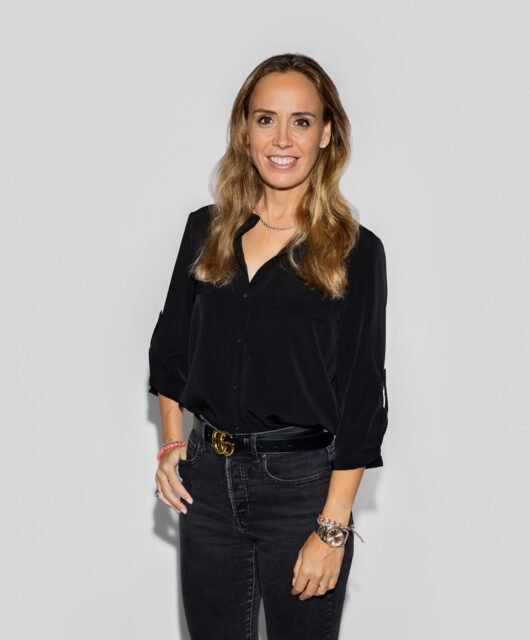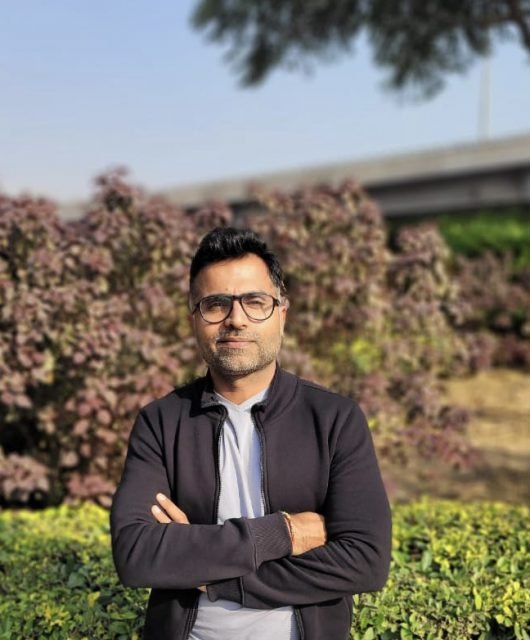Five Trends To Take The Communications Industry By Storm In 2023
By: Ghaleb Zeidan, Managing Director UAE, Weber Shandwick

Predicting the future is no longer as impossible as one might think. The analytical world we live in makes it possible for us to predict what the future might hold in any given industry based on clues, patterns, and trends, and the communications industry is no stranger to predictive analytics. So, I predict that five trends will significantly affect the future of communications.
Accountability and credibility take center stage
Brands can no longer pull the wool over the eyes of consumers. They need to walk the talk. Turning a brand pink or green for one event in a year is no longer good enough. As people become more aware and knowledgeable in a way they have never been before, they want to feel connected to a brand. They’re simply demanding authenticity, clarity and transparency.
This ‘license to operate’ in a community or market is extended by people, and they want the beneficiaries of that ‘license to operate’ to act genuinely, or face the consequences. We can see it happening in politics: politicians, who promise the world, but fail to deliver, get found out by voters at the ballot box. And in the ESG space, it’s also moving into the forefront, particularly with COP28 coming to the UAE in 2023.
No person or organization can stand or support everything; to hang one’s hat on something is essential. But it’s not enough to use vague feel-good wording unsupported by any hard work or action. Consumers can see right through it, and they are less patient with brands that don’t seem to recognize the value of accountability and credibility. Brands that do not fulfill their commitments, who are neither accountable nor credible, will see consumers voting with their feet and taking their business elsewhere.
New social platforms take shape
Technology has been and will continue to be the handmaiden of change. Video platforms are evidence of how new tech tools in content production are shaping the landscape. Over 2.5 billion people access YouTube once a month, while TikTok now have 1.5 billion active monthly users. The growth of TikTok in the past few years has been astounding, and even its biggest competitors are facing challenges to keep up. However, what made this a very successful platform is understanding people’s attraction to video content and how they want to create that content themselves – all underpinned by a shortening attention span.
But eventually, a new platform will emerge in the coming years, and it’s up to us in communications to keep pace with this tech revolution and its effect on social evolution. Social platforms and the ways to communicate effectively and engagingly with younger and younger generations are completely different from 13 years ago, and they continue to change – quicker than we think. We cannot live on the side of such technology; as communicators, we must immerse ourselves and enhance our agency capabilities to tap into more opportunities for clients and ourselves.
Adaptable talent takes the reins
The quality of talent is becoming more critical every day. We need people who can interpret trends and extract insights. With data and tech, they can develop strategies and define plans for outcomes that align with business goals. The talent that will be the most successful are those who complement the foundation of comms with wide-ranging experiences and new learnings. We simply need open-minded changemakers who actively question the status quo. It’s about knowing that the landscape you learn in and the tactics that may seem obvious today might be vastly different when you tackle your first real-life campaign.
Today’s teaching of communications experts must evolve accordingly. Learning the foundations is still important but adapting to the ever-changing environment is equally vital. “Survival of the fittest” is the expression. But the fittest is the most adaptable. Success – and survival – will come to those who can adapt quicker than others. But, even if you’re fit today, yet you can’t adapt to the new technologies, new audiences, and new trends, you will not survive.
Harnessing possibilities of Web3 takes off
Through Web1, we found information; through Web2, we engaged via social media. As the possibilities of Web3 come into focus, there will be an entirely new toolkit. As this landscape expands and evolves, enhancing multi-dimensional interaction in virtual and augmented worlds, we will be exchanging value in an even more immersive way.
It’s an alternate reality that is a million miles away from the traditional press release and picture approach. With more and more innovation, brands will have more ways to communicate with their customers. Exploration and experimentation now are vital to be in any position to harness its future potential many years from now.
A more sophisticated audience takes control
One of the most significant influences of technology has been to turn audiences into content creators. Now everyone with a smartphone and camera can beam their creations to a vast, interconnected web of communities. And as technology and innovation develop further and further, they will provide more tools and ways of creating and sharing stories in totally different ways.
Then there’s this dichotomy around attention span and how much time audiences spend absorbing media. On the one hand, the average internet user is now spending more time on social media (average daily time of 2 hours 29 minutes). But on the other hand, some studies indicate the human attention span has shrunk to 8 seconds. So, people are spending more time absorbing media. Still, with more platforms, contributors, content, angles, and messages, there is a very limited, specific frame to make a connection that lands.
That’s a major challenge but also an opportunity. It mandates an overhaul of how we think about stacking messaging and communications. If I only have a few seconds before my audience “votes” on whether I get another few seconds – what is the one message, phrase, keyword, image, gif, or moment that I want to get across?
If we get better at answering this question in the months ahead, we’re in for an exciting year. I look forward to being part of shaping the future of comms in different ways.





